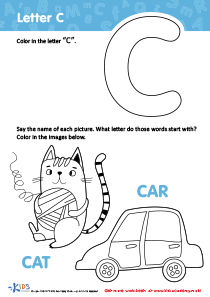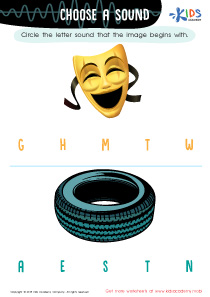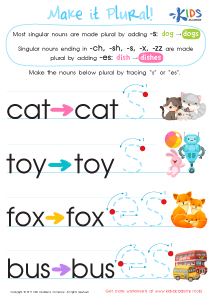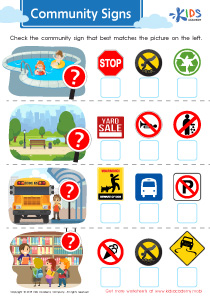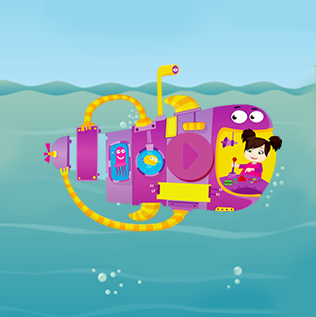Logic and Early Math Lessons | Subtraction Story Problems (#'s 1-5) for Ages 3-4
6 results
Dive into the world of numbers with our engaging Subtraction Story Problems (#'s 1-5) designed specifically for children Ages 3-4. This delightful series combines interactive worksheets, captivating educational videos, and fun assessment quizzes to introduce young learners to the basics of subtraction. Each lesson is crafted to turn complex concepts into simple, relatable story problems, ensuring a grasp of subtraction in real-world contexts. Your little ones will be enchanted as they embark on a mathematical adventure, effortlessly learning and applying subtraction skills. Join us in making early math learning a joyful journey!
In the ever-evolving world of early childhood education, it's crucial to equip young learners with foundational mathematical skills that pave the way for academic success. One effective method to achieve this goal is through engaging and interactive lessons that focus on real-world applications, such as Subtraction Story Problems (#'s 1-5) for Ages 3-4. These lessons are meticulously designed to cater to the developmental needs and curiosity of young minds, making the journey of learning not just educational but also immensely enjoyable.
Understanding subtraction and being able to apply it to everyday situations is a vital skill for children. Subtraction Story Problems (#'s 1-5) for Ages 3-4 are particularly helpful in this regard because they transform abstract mathematical concepts into tangible scenarios that children can relate to. These problems are woven into stories that capture children's attention, making the learning process natural and engaging. For instance, a story might involve characters who have a certain number of apples and give some away, prompting the child to figure out how many are left. This method makes subtraction a part of a narrative, something children can visualize and understand better.
The interactive worksheets that accompany these story problems are designed with young learners in mind, featuring colorful illustrations and clear, simple instructions. They not only reinforce the subtraction skills taught in the stories but also enhance fine motor skills as children write or draw their answers. This hands-on approach ensures that learning is multisensory, catering to different learning styles and preferences.
Moreover, the inclusion of educational videos in the Subtraction Story Problems (#'s 1-5) for Ages 3-4 lessons adds another layer of engagement. These videos often feature characters or scenarios that children find appealing, making learning subtraction feel like an adventure. Through these videos, children can see subtraction acted out, making the concept even more accessible and easier to grasp. The visual and auditory elements of the videos ensure that children remain absorbed and retain the information better.
Assessment quizzes are an integral part of these lessons, providing a fun way for children to demonstrate what they've learned. These quizzes are not only a tool for reinforcement but also a way for parents and educators to gauge the child's understanding of subtraction and their ability to apply it to solve problems. The feedback from these quizzes can be invaluable in tailoring future lessons to address any areas where a child might need more support.
In conclusion, Subtraction Story Problems (#'s 1-5) for Ages 3-4 are an essential component of early childhood education, offering a comprehensive approach to learning subtraction. By integrating interactive worksheets, educational videos, and assessment quizzes into the lessons, children are provided with a rich, multi-sensory learning experience. This not only helps in building a strong mathematical foundation but also fosters a love for learning from a young age. As children engage with these lessons, they develop critical thinking and problem-solving skills that will benefit them not just in their studies but in everyday life.
